Depth of field explained
How aperture, focal length and focus control sharpness
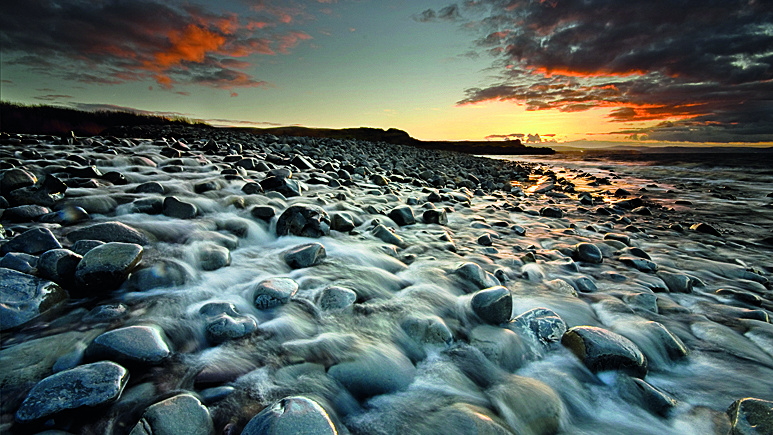
What is depth of field? Understanding depth of field is one of the first big hurdles in photography. Knowing how your aperture, focal length and focusing work together to affect depth of field and control what appears sharp in your photos will give you incredible confidence as a photographer.
What is depth of field?
A camera can only focus its lens at a single point, but there will be an area that stretches in front of and behind this focus point that still appears sharp.
This zone is known as the depth of field. It's not a fixed distance, it changes in size and can be described as either 'shallow' (where only a narrow zone appears sharp) or deep (where more of the picture appears sharp).
Because depth of field has an impact on both the aesthetic and technical quality of a picture. Sometimes you'll want to use an extensive depth of field in order to keep everything sharp.
A classic example is when you're photographing a landscape, where generally the most desirable outcome is to capture detail from the foreground to the horizon.
Other times, a shallow depth of field will be preferable. It enables you to blur background and foreground details, causing distractions to melt away and allowing you to direct viewers to the focal point in a picture.
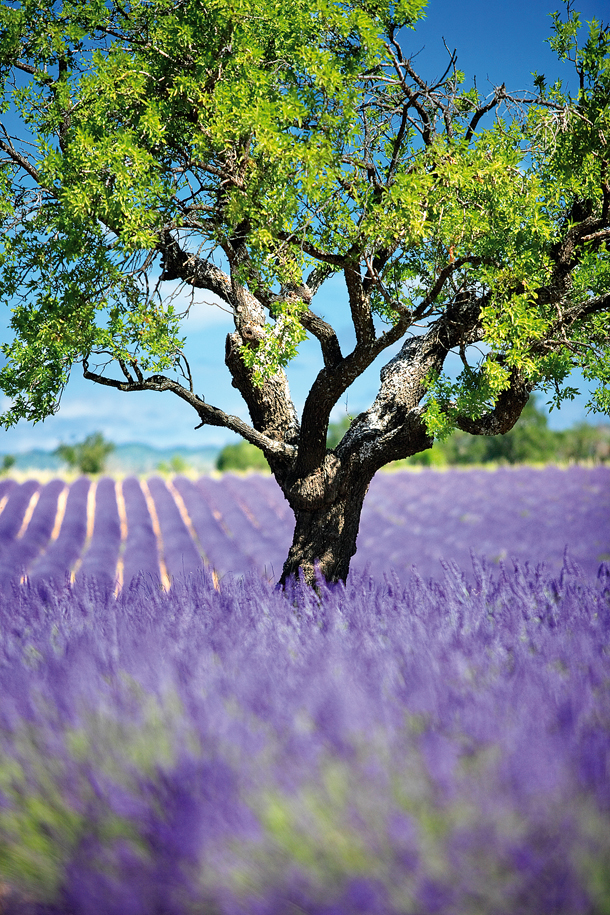
Okay, so where do I find the depth of field control on my camera?
Many digital cameras come with a Depth of Field Preview button near the lens mount, or enable you to assign the same function to one of the other buttons. However, this doesn't have any effect on the depth of field.
Sign up for breaking news, reviews, opinion, top tech deals, and more.
The image you normally see through the viewfinder or on the Live View screen is displayed at the lens's maximum, or widest, aperture; the aperture you dial in on the camera body will only be set when you take a picture.
However, pressing the Depth of Field Preview button allows you to view the scene at the working aperture, so that you can see what areas will appear sharp.
There's a range of ways to control the depth of field - the choice of aperture, focus distance and the type of camera. In a nutshell, wider apertures and closer focusing distances lead to a shallower depth of field.
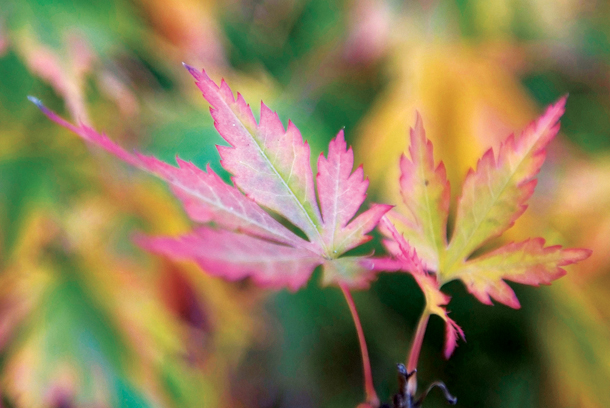
Remind me what you mean by 'wide' aperture…
Wide or large apertures correspond with the small f-stop numbers available on your camera. So an aperture of f/2.8 is wide, while an aperture of f/22 is small.
Again, focusing distance plays a part on the overall effect, with wide apertures offering considerably more depth of field when focused on a subject far away than they do when focused on a subject that's close to the lens.
However, changing the focusing distance is often the least convenient way to control depth of field - it's much easier to simply select an alternative aperture setting.
The only thing you need to be aware of is that shifting from a large aperture to a small one can lead to blurred photos.
They can do, but the choice of aperture has to be balanced with the shutter speed and ISO in order to maintain a consistent exposure.
Check out our guide to the Exposure Triangle for a more detailed explanation, but here's a brief overview. Larger apertures let in more light, so faster shutter speeds can be used to freeze movement. Switch to a smaller aperture, and the amount of light passing through the lens is reduced.
Consequently, the shutter speed has to become slower, increasing the risk of camera shake and subject movement. To get round this, you could increase the ISO (What is ISO? Click here!). This allows you to use smaller apertures to increase the depth of field and use faster shutter speeds.
Okay, so how does the type of camera affect depth of field?
It's the size of the imaging sensor inside the camera that makes the difference. The larger the sensor, the shallower the depth of field will be at a given aperture.
This is because you'll need to use a longer focal length or be physically closer to a subject in order to achieve the same image size as you get using a camera with a smaller sensor - and remember the effect that focusing closer has on depth of field.
This is why a full-frame camera produces a much shallower depth of field than an APS-C DSLR or compact system camera (CSC) at equivalent focal lengths and apertures.
Is it true that longer lenses produce a shallower depth of field?
The focal length of the lens does appear to have a significant impact on depth of field, with longer lenses producing much more blur. A 200mm lens focused at 12ft will have a wafer-thin depth of field compared to a 20mm lens focused at 12ft.
However, if the subject occupies the same proportion of the frame, the depth of field (the area that appears sharp) is essentially the same whether you're shooting with a wide-angle lens or a telephoto!
You would, of course, have to move closer with a wide lens or further away with a telephoto lens to maintain the same subject size.
The reason longer lenses appear to produce a shallower depth of field is thanks to their narrow angle of view: compared to a wide lens, a telephoto will fill the frame with a much smaller area of background, so any blur appears magnified too. Use this characteristic to add a professional sheen to your portraits.
How to... make depth of field a priority
Three classic situations where you'll want to stay firmly in control of focusing and depth of field.
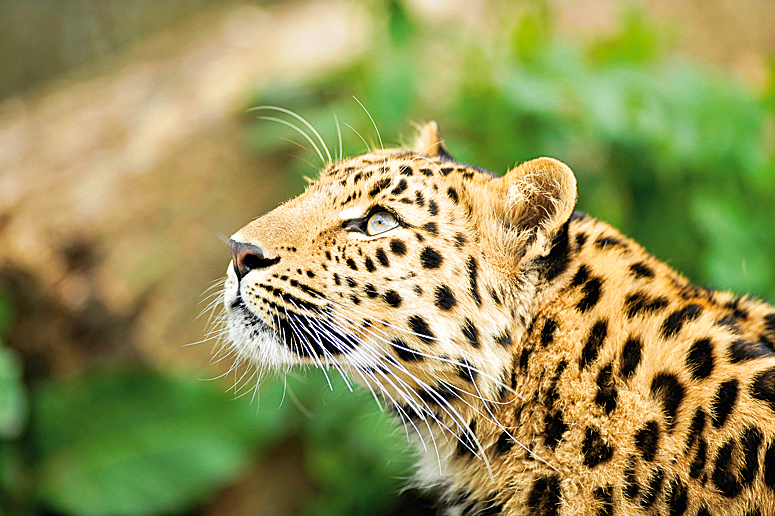
Portraits
Whether you're shooting people or animal portraits, the most successful shots are frequently those where the background is beyond the depth of field and consequently blurred. Longer focal lengths and wide aperture settings are a good choice here, although focusing needs to be bang-on.
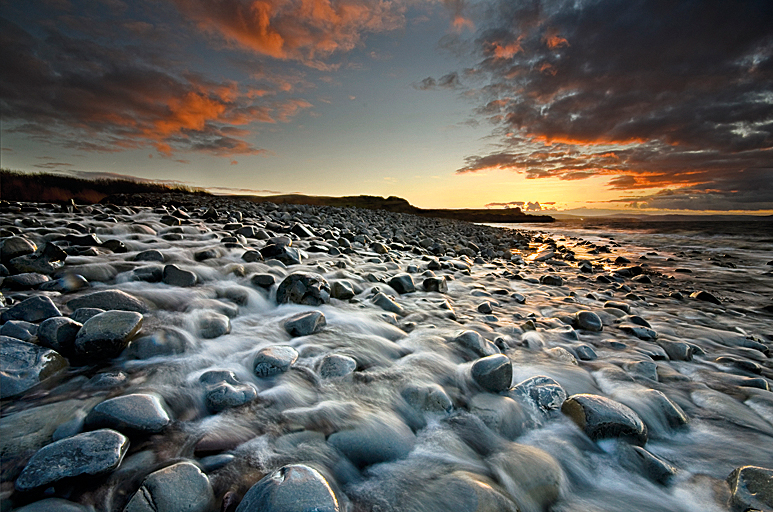
Landscapes
For maximum front-to-back sharpness in a landscape or cityscape, use short focal lengths and apertures of around f/16 or smaller, and focus about a third of the way into the scene. To keep the camera steady during the longer exposure, use a tripod or increase the ISO instead.
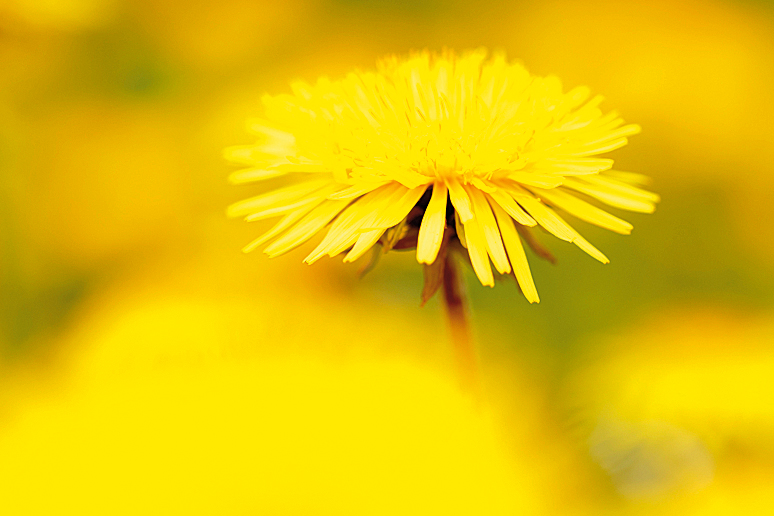
Close-ups
Depth of field decreases the closer you focus, so when it comes to photographing miniature subjects the choice of aperture becomes crucial. Even the smallest aperture available on a lens may only give a depth of field measured in millimetres when the lens is used at its closest focusing distance.
How to... get it right in camera
Learn how to make best use if the Depth of Field Preview feature.
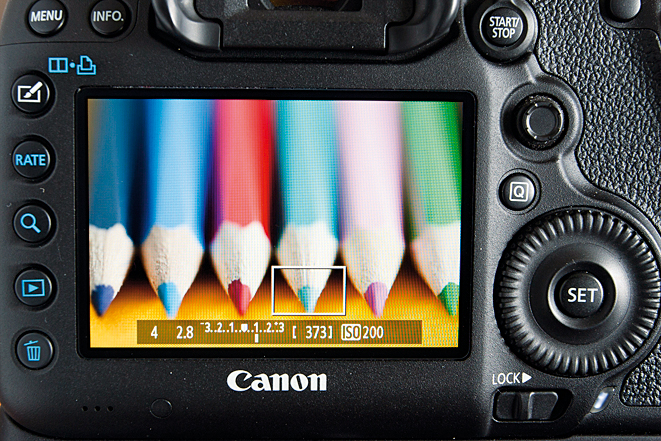
Activate Live View
Your DSLR's Depth of Field Preview function can be used for viewfinder or Live View shooting, but the larger, brighter Live View image makes it easier to judge what is sharp and what is soft. Here, a wide f/2.8 aperture has been selected.
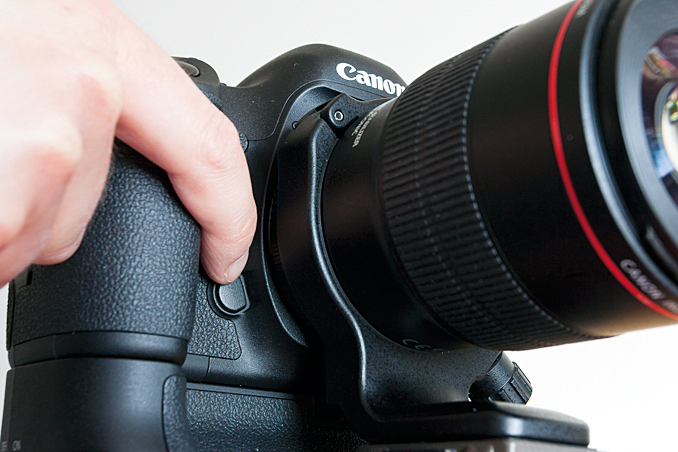
Press DOF Preview
The Depth of Field Preview control is usually found on the front of the camera, next to the lens mount. Press and hold this button and then rotate the camera's control dial to cycle through the apertures available on the lens.
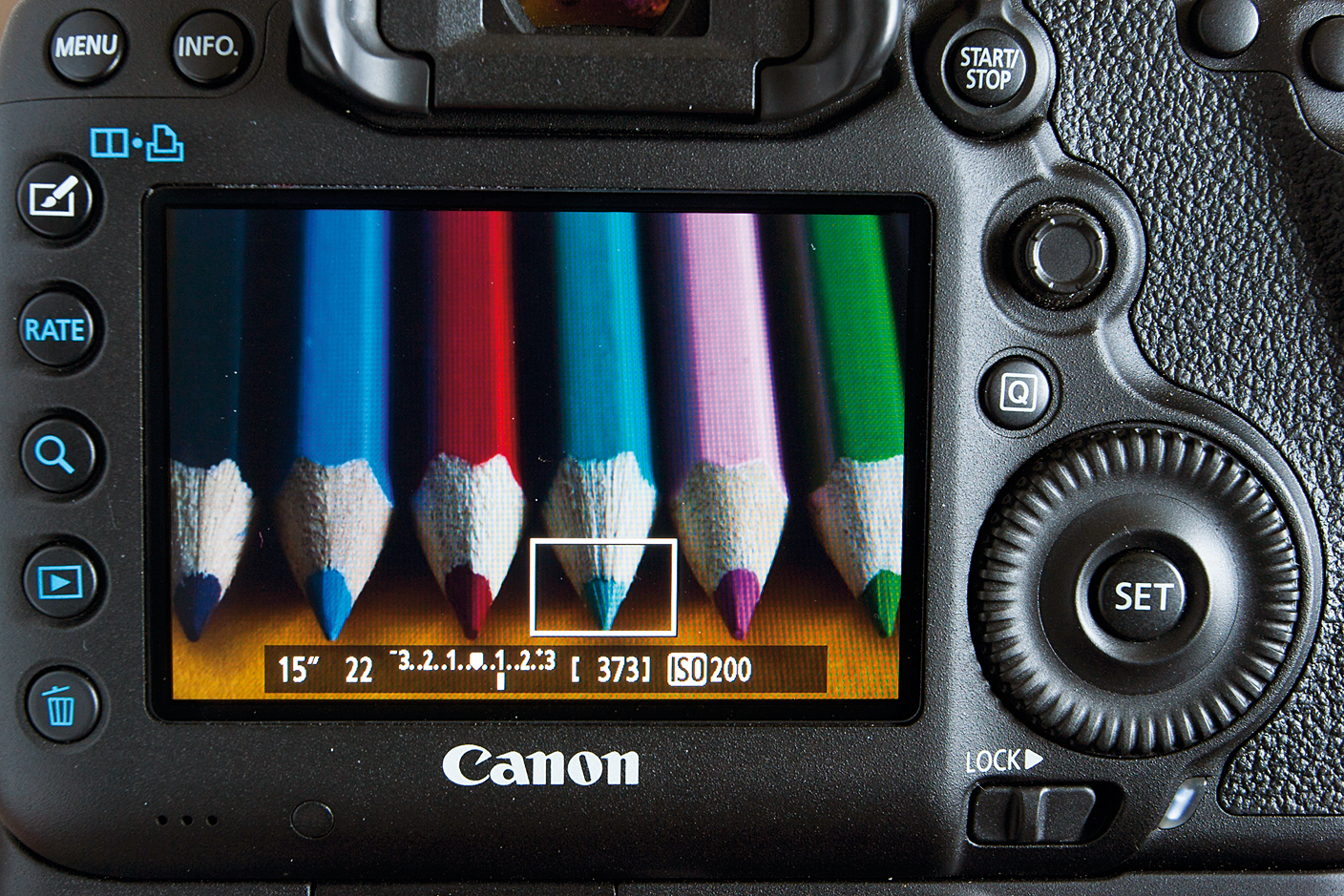
Preview and shoot
The image will become very dark when smaller apertures are selected, although the backlit Live View screen makes it easy to see the effect. Once you're happy with the depth of field, release the DOF preview button and take the shot.